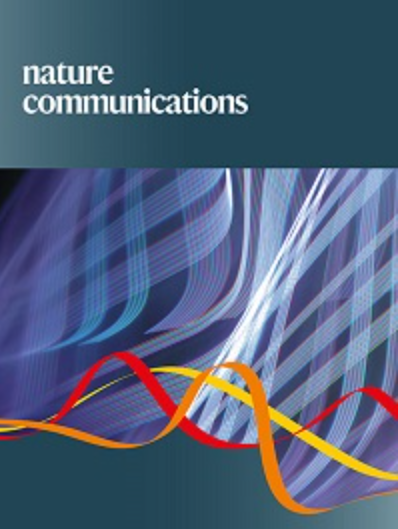
RNA 유전자 편집 고도화 핵심원천 기술 개발
연구책임자: 한국과학기술원 허원도 교수
CRISPR-Cas13 is widely used for programmable RNA interference, imaging, and editing. In this study, we develop a light-inducible Cas13 system called paCas13 by fusing Magnet with fragment pairs.
The most effective split site, N351/C350, was identified and found to exhibit a low background and high inducibility.
We observed significant light-induced perturbation of endogenous transcripts by paCas13. We further present a light-inducible base-editing system, herein called the padCas13 editor, by fusing ADAR2 to catalytically inactive paCas13 fragments.
The padCas13 editor enabled reversible RNA editing under light and was effective in editing A-to-I and C-to-U RNA bases, targeting disease-relevant transcripts, and fine-tuning endogenous transcripts in mammalian cells in vitro.
The padCas13 editor was also used to adjust posttranslational modifications and demonstrated the ability to activate target transcripts in a mouse model in vivo.
We therefore present a light-inducible RNA-modulating technique based on CRISPR-Cas13 that enables target RNAs to be diversely manipulated in vitro and in vivo, including through RNA degradation and base editing.
The approach using the paCas13 system can be broadly applicable to manipulating RNA in various disease states and physiological processes, offering potential additional avenues for research and therapeutic development.
Nature Communications 15(1), 2024.1.












